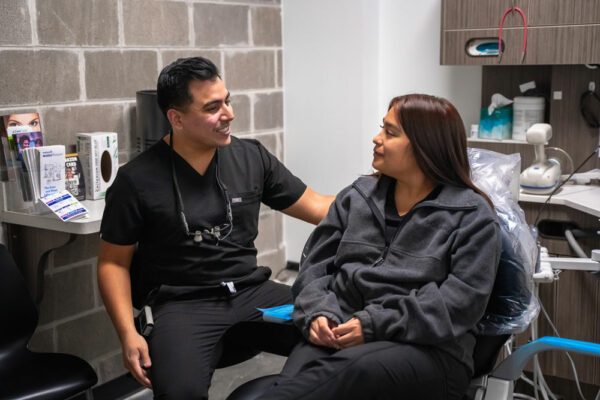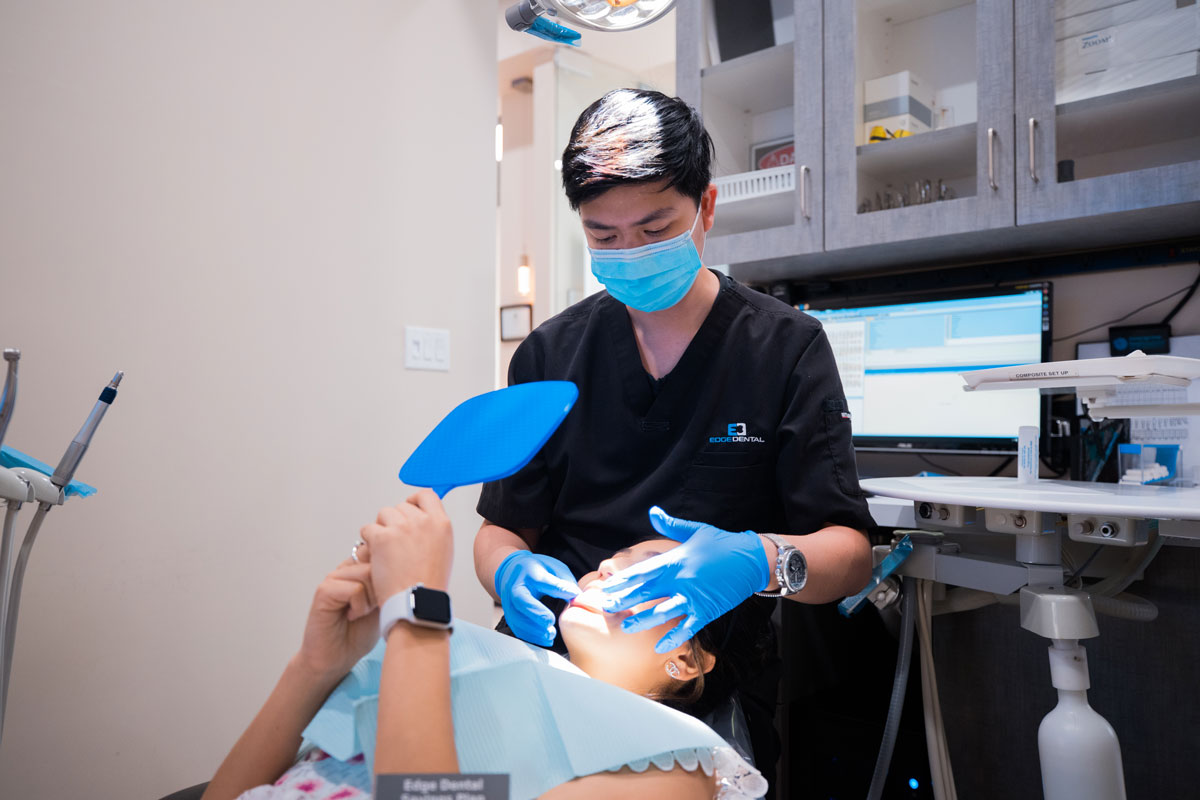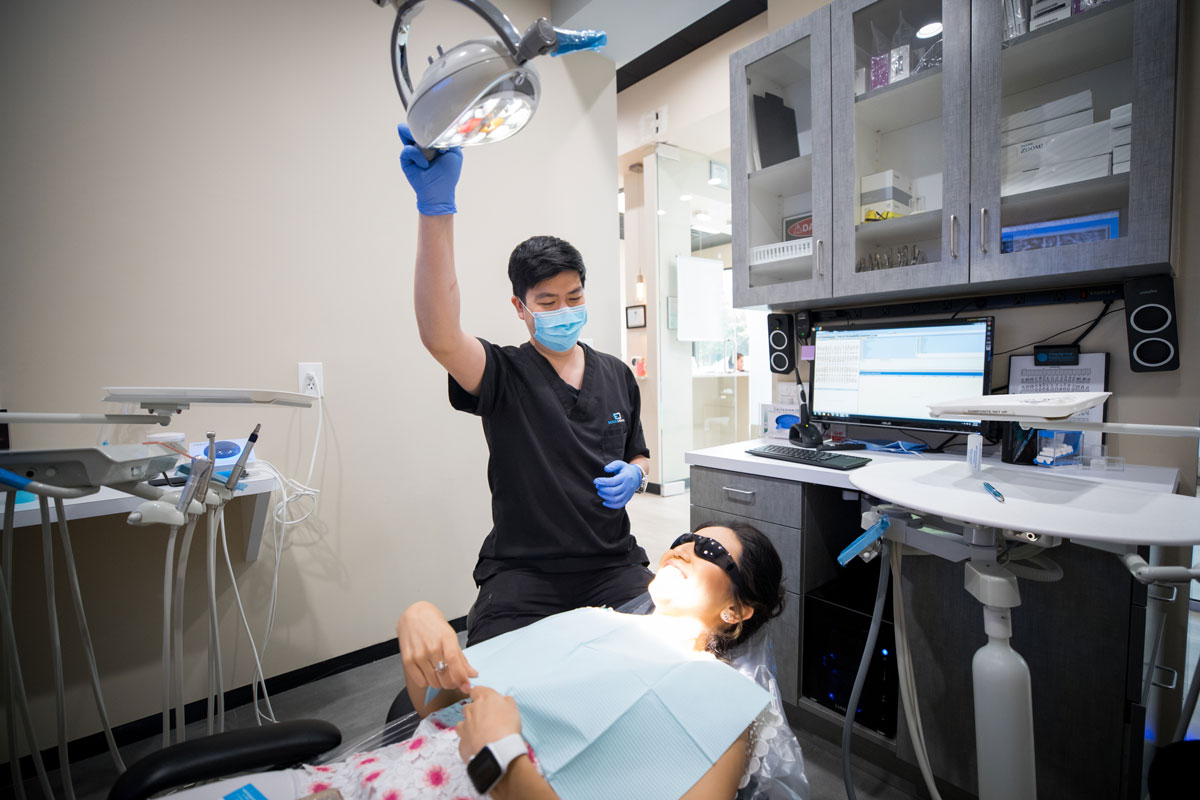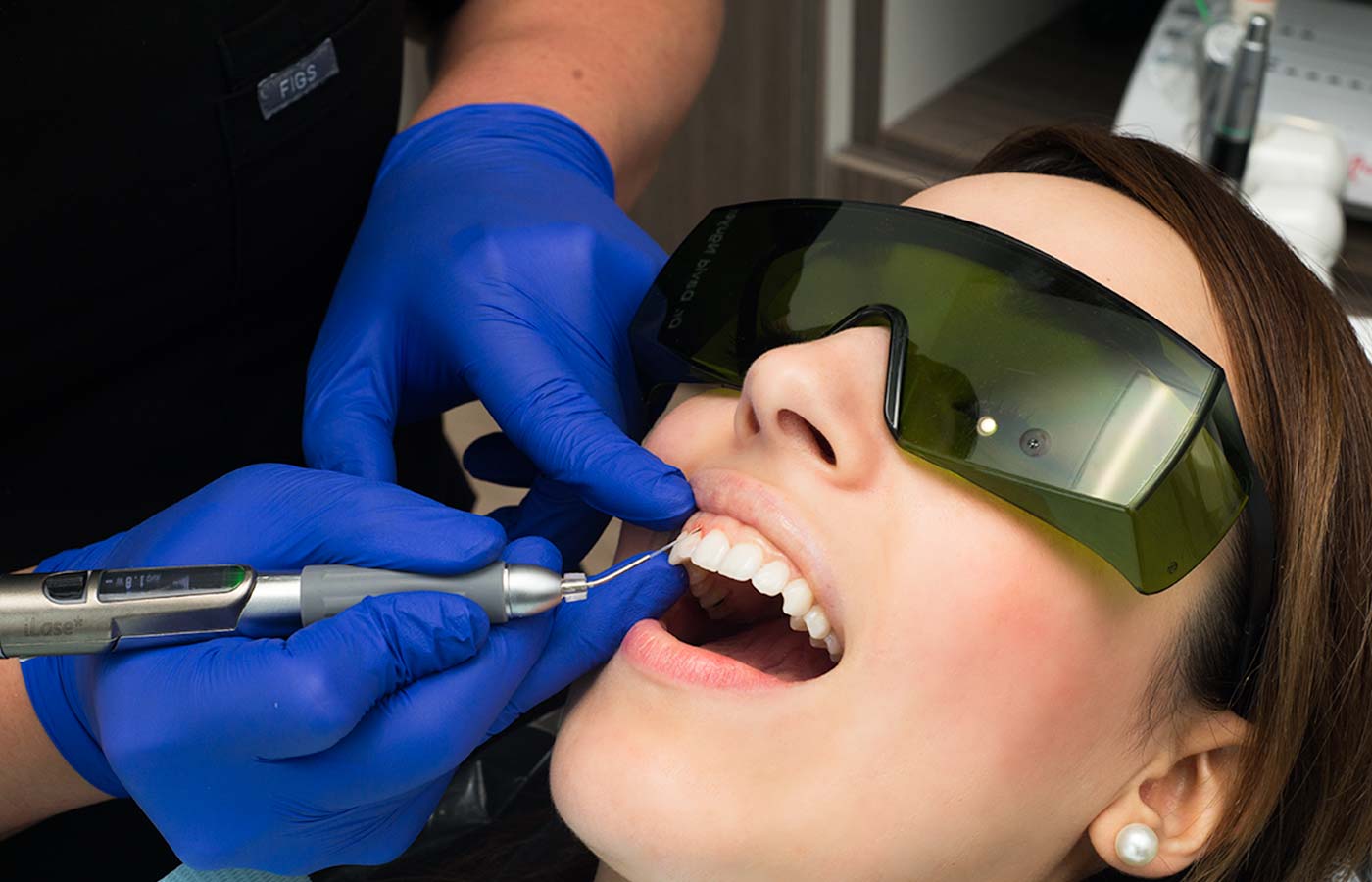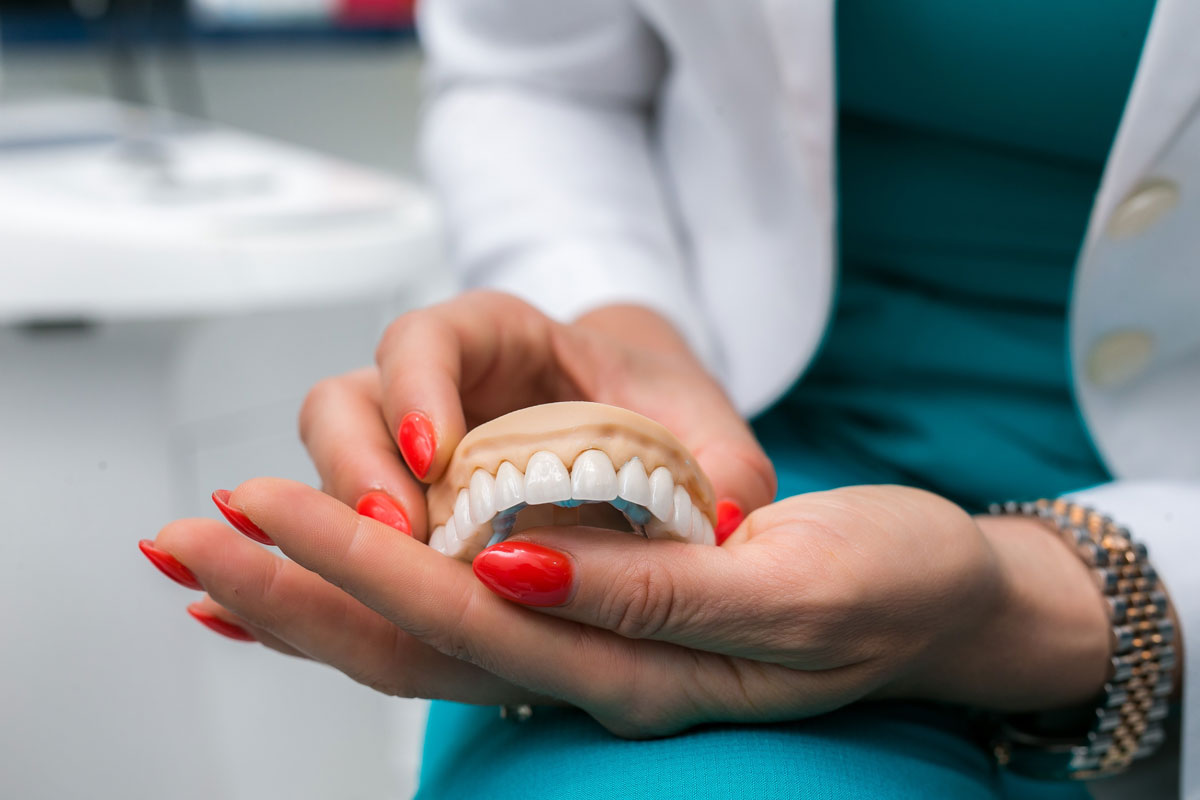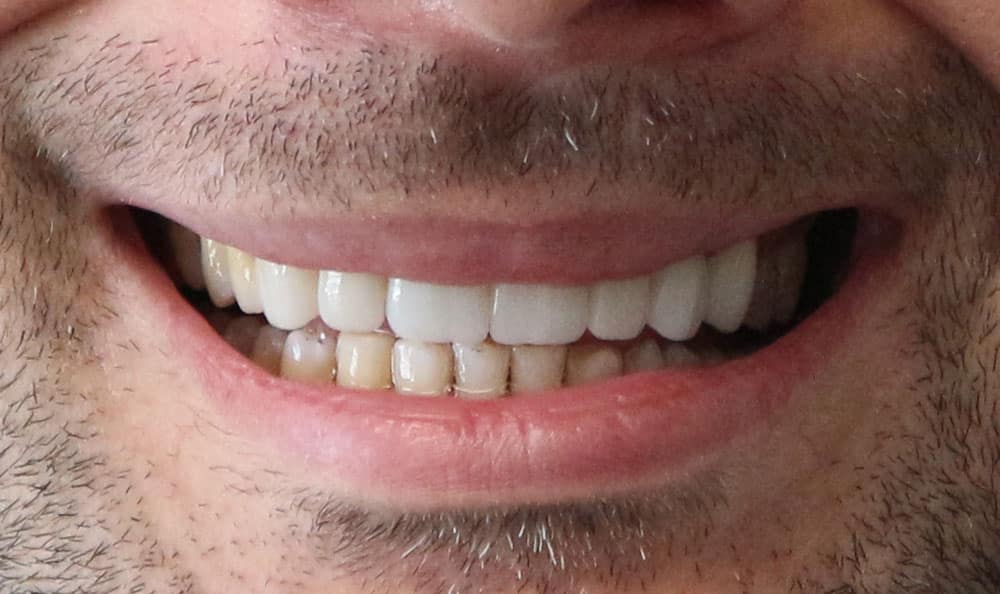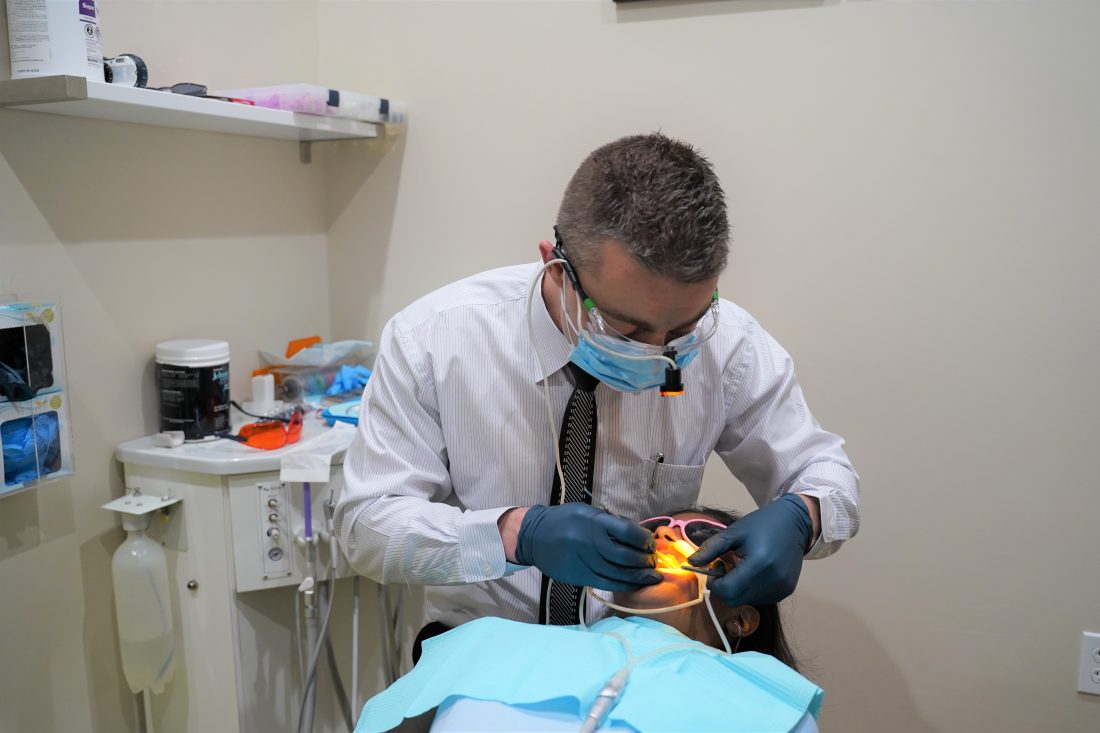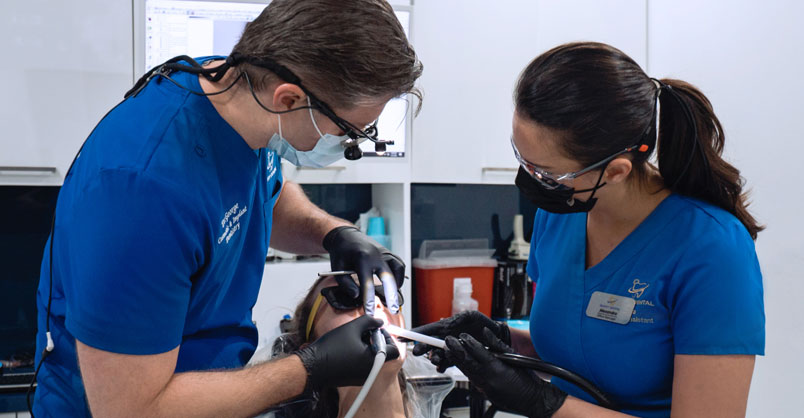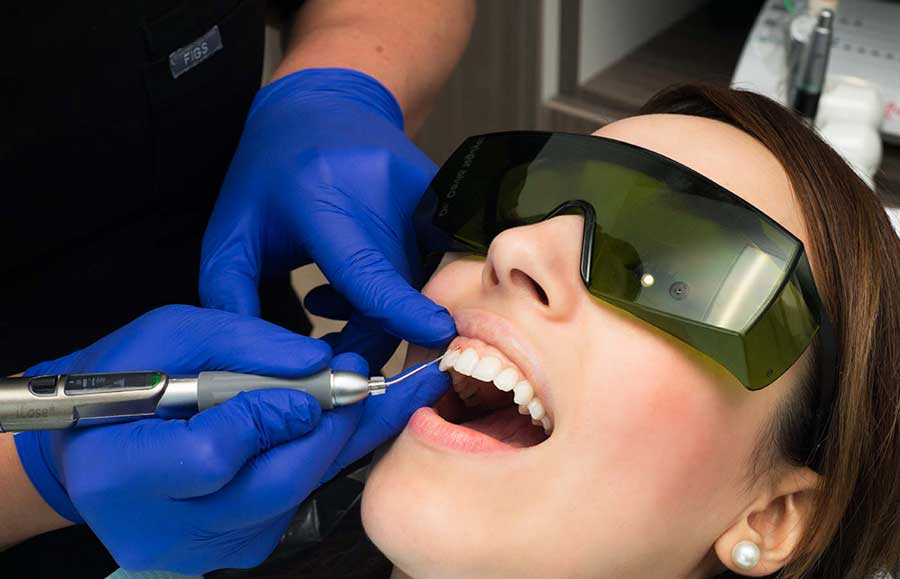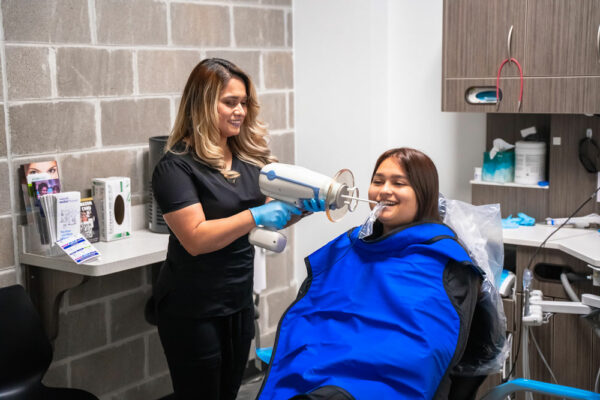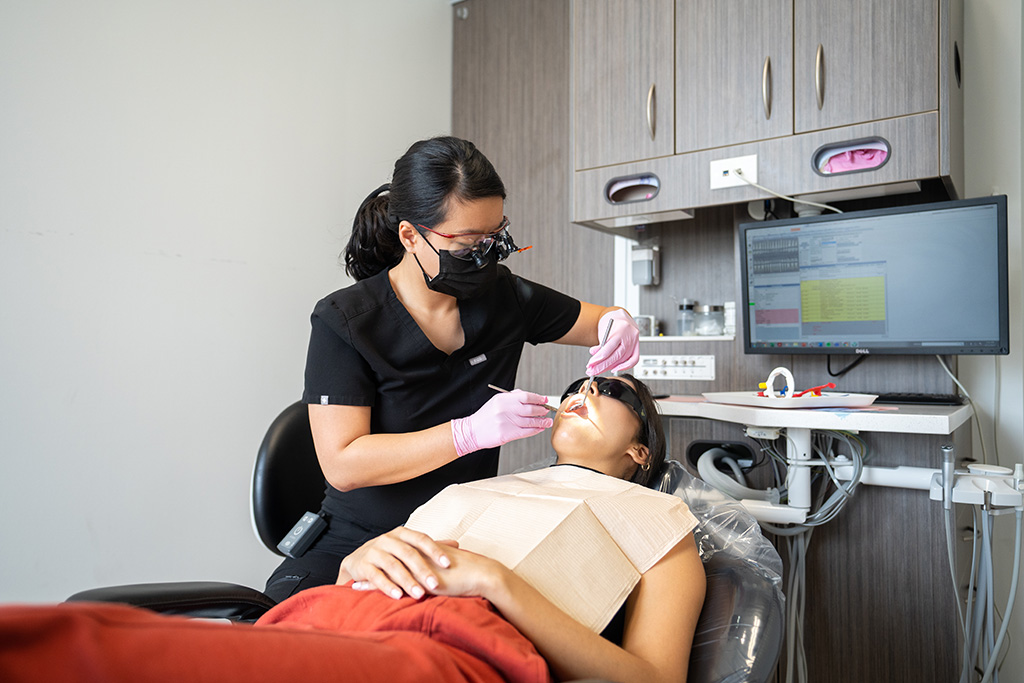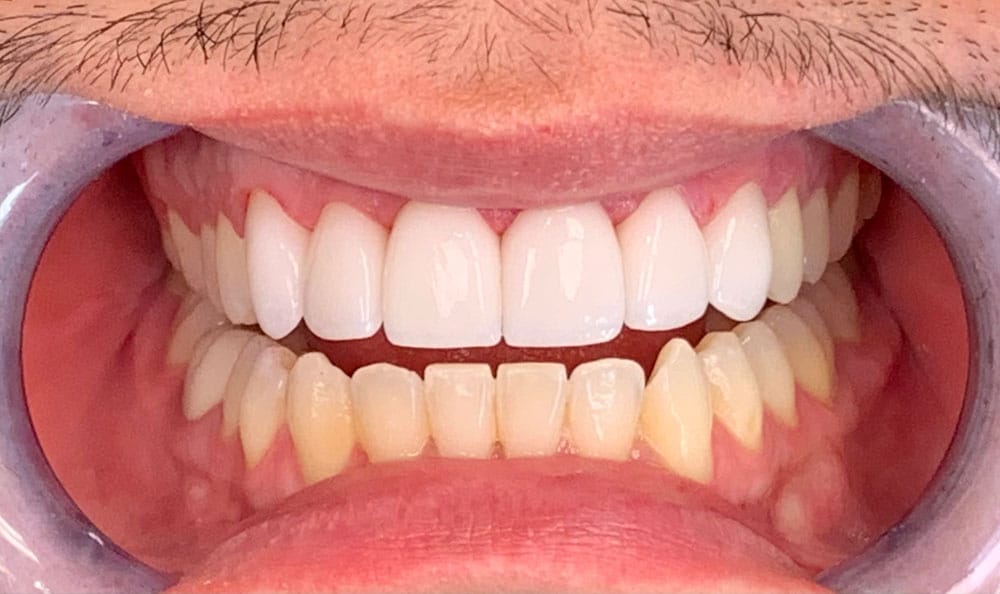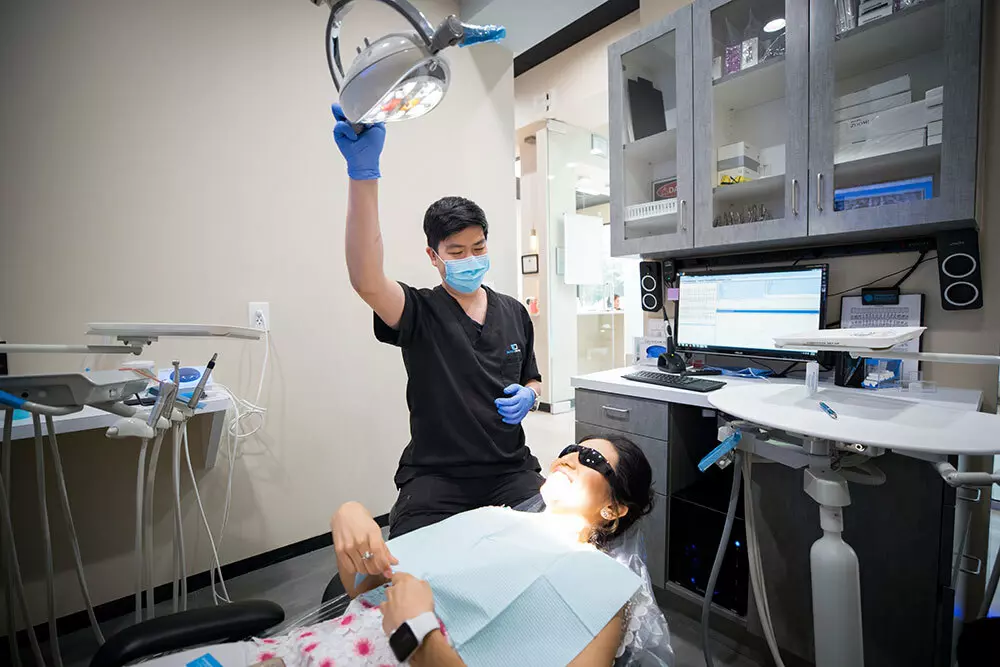Tooth pain can be common, often attributed to sensitivity or minor dental issues. However, certain signs accompany toothaches that may indicate more serious underlying problems requiring prompt attention. Ignoring persistent pain can lead to complications, so it's crucial to recognize these signs. Let's delve into the indicators that your toothache might be more than a passing discomfort.
1. Intense throbbing pain
A throbbing ache in your tooth, unrelated to eating, could signal a tooth infection. When bacteria invade the tooth's pulp, which houses nerves, blood vessels, and connective tissue, it can lead to a severe, throbbing pain. Untreated infections pose risks of spreading to other parts of the body.
2. Sore or clicking jaw
Consistent jaw pain or clicking when you open your mouth might be a sign of temporomandibular joint disease (TMJ). This condition can result from teeth grinding, clenching, arthritis, or hereditary factors. Seeking professional advice can help address TMJ issues, and in severe cases, masseter reduction surgery may be recommended.
Plus, if you have a severe TMJ, you may also need a masseter reduction - a treatment used to reduce jaw muscles that often get bigger if you have severe TMJ disorder.
3. Mouth dryness
A dry mouth can exacerbate dental problems as saliva helps protect against bacteria. Some medications induce dry mouth, creating an environment conducive to bacterial growth. Difficulty in speaking, swallowing, or spitting may accompany dry mouth.
4. Loose tooth
Tooth discomfort coupled with a loose sensation may indicate advanced gum disease or periodontal disease. Swift action is crucial to address this condition. A loose tooth can also result from untreated cavities or dental decay.
5. Dull and constant pain
Frequent, persistent toothaches may indicate an underlying issue, possibly foreign substances trapped in the gums. Thorough flossing can alleviate discomfort if the pain is localized to one area and is accompanied by swollen or irritated gums.
6. Swollen jaw or neck
While some swelling is normal after dental surgery, unexplained swelling in the jaw or neck alongside tooth pain may indicate a dental abscess. This infection can lead to the accumulation of pus and bacteria, posing risks of spreading to adjacent areas.
7. Pressure sensation
Tooth discomfort accompanied by a pressure sensation could suggest problems with wisdom teeth. As these molars grow between ages 16 and 23, complications may arise, especially if they grow at an angle, potentially causing infections or decay.
8. Chipped tooth
Any tooth can chip, but lower second molars are commonly affected due to the pressure they endure during chewing. Ignoring a chipped tooth may result in increased sensitivity and chronic toothaches, as the exposed roots and nerves make the mouth highly sensitive.
9. Visible decay or dark spots
If you notice visible signs of decay or dark spots on your teeth, it could indicate advanced dental issues. Decay may progress to the point where it affects the nerves, leading to persistent pain. Addressing decay promptly through dental intervention can prevent further complications.
10. Pain aggravated by chewing or biting
Toothaches that intensify when chewing or biting down may suggest issues with the tooth's structure, such as cracks or fractures. These structural problems can expose sensitive nerves, causing heightened pain. Seeking dental evaluation can help diagnose and address the underlying structural issues.
11. Pain radiating to the ear or head
If your toothache is accompanied by pain radiating to the ear or head, it could indicate a more complex problem, such as an infected tooth affecting surrounding areas. This type of referred pain may necessitate comprehensive dental treatment to address the root cause.
12. Unpleasant taste or odor
If you experience a persistent unpleasant taste or odor in your mouth along with tooth pain, it might indicate an infection. Oral infections can release bacteria and toxins, leading to a foul taste or odor. Addressing the infection promptly through dental care can help alleviate both the discomfort and the unpleasant taste or smell.





